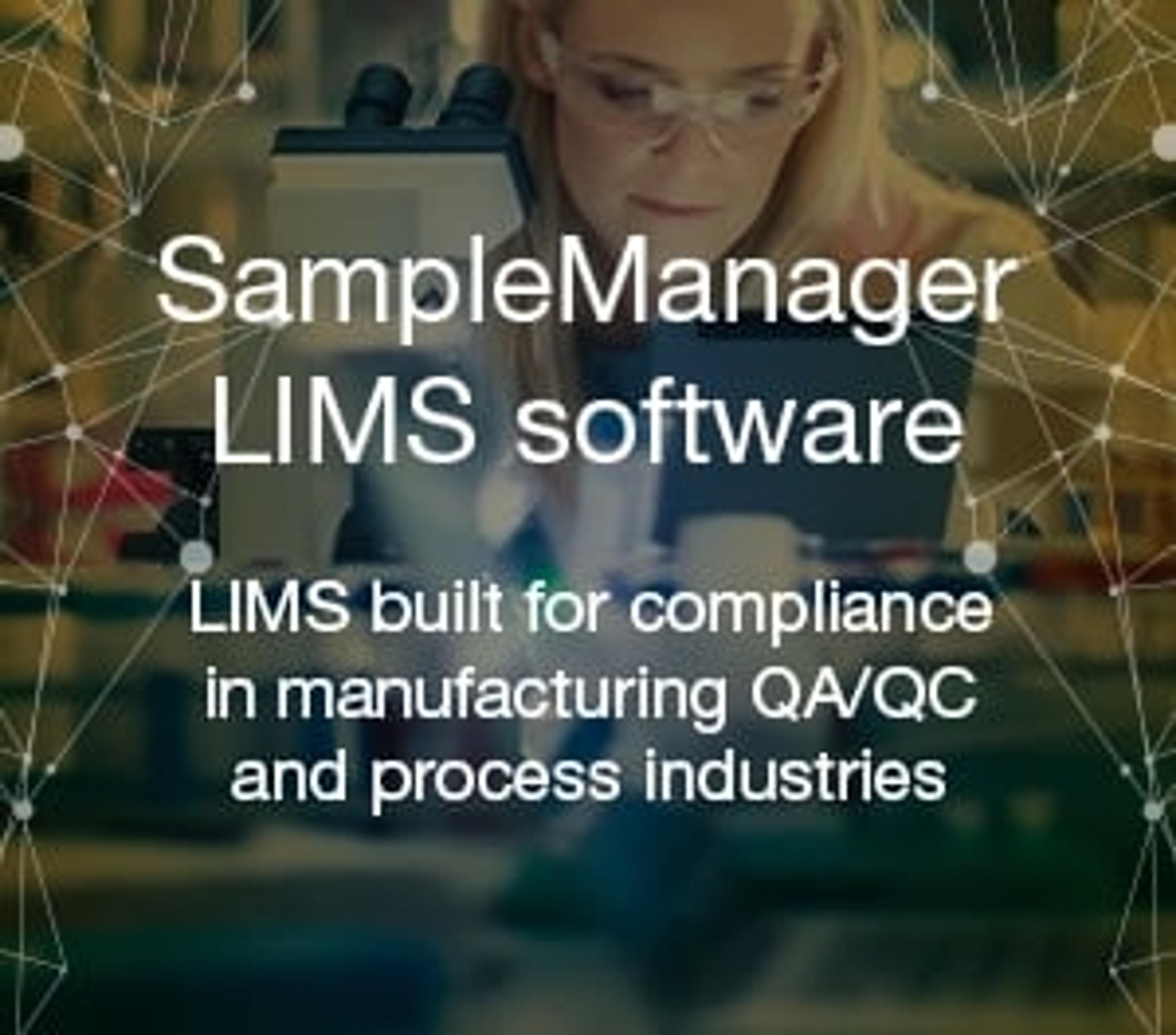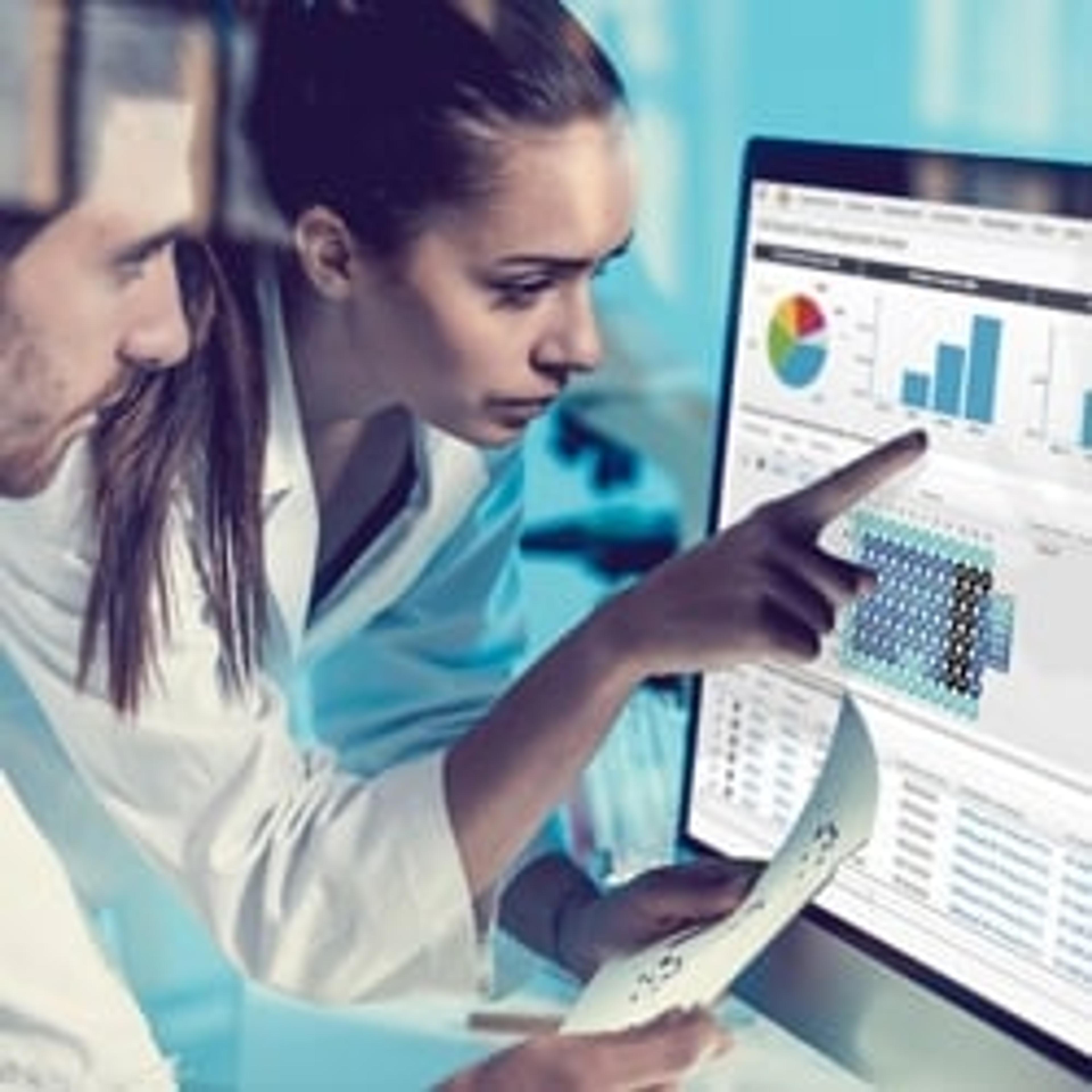Leveraging a fully connected ecosystem to achieve digital transformation
Watch this on-demand webinar to discover how a connected ecosystem can benefit your laboratory processes
7 Jun 2022

Organizations have complex and tailored scientific ecosystems, each with its own unique set of processes and challenges. As organizations strive for digital transformation in their laboratories, the importance of laboratory orchestration is made very clear. Creating a seamlessly connected laboratory ecosystem will ultimately eliminate challenges, enhance operations, and improve efficiency throughout.
In this on-demand SelectScience® webinar, Adam Wheeler, customer enablement expert at Thermo Fisher Scientific, discusses how laboratory orchestration can enable the full potential of digital transformation to improve quality, efficiency, and user experience.
Watch on demandRead on for the live Q&A session or register to watch the webinar at a time that suits you.
A lot of investment has already been made in our labs and businesses. Is this meant for new businesses that have not already made these investments in systems and software?
AW: A lot of our customers and potential partners have made initial investments and they don't want to lose out on what they have already put in place. What we look to achieve here is a growing evolvement of value over time. The systems that you have in place should stay in place. Digital transformation is not about going in and ripping everything out and putting in something new that happens to be better. It's about taking small steps that realize actual measurable value within your lab and business and then refining those processes.
How do you work with labs that are multi-vendor with software and systems?
AW: What we've done is we've created an architecture within our process and software that allows us to connect to these other vendors' instrumentation and software allowing us to hold up and support what you already have in place. What you want to achieve is to make sure that regardless of who makes the software or instrument, you are choosing the best option for the business. So, we do look for those multi-vendor opportunities to start expanding digital transformation with a more inclusive framework.
We have a plan to automate our lab, but the problem is how we can implement a LIMS system. How can Thermo Fisher Scientific help?
AW: When setting up a LIMS system there is a whole list of questions that you must ask within your company. What is the mission of your laboratory? What type of laboratory are you in? What are you trying to achieve with it? Where are the pain points that a LIMS is going to help you with? We can help you go through that evaluation of figuring out the right products, but ultimately, what you need to make sure that you're doing is understanding what the LIMS is going to do for you.
You said that you have a plan to automate, but the problem is how to implement the LIMS and now you’re looking at a situation where you must put in extra infrastructure and change the way your systems are set up to be able to do this. Part of the platform that has been put together now allows us to absorb a significant amount of that burden for you. We can come in and help you essentially realize the higher value integrations that you need for the automation and then absorb what the burden is on creating those connections.
Do you have any examples of how Thermo Fisher was prepared and able to help remote work challenges for some clients?
AW: We have moved towards enabling more mobile applications within our ecosystem. We have also moved towards creating more streamlined workflows, and this isn't just within the platform that we are discussing today, but also with our other LIMS products. Software like the MomentumTM platform, as well as the SampleManager platform, play a role in those types of implementations.
What we've found is that a lot of our scientists could not be in the laboratory, and so started looking at robotics that our lab automation group provides to handle things like sample management. At Thermo Fisher, we have the amplitude solution, which is essentially an automated lab in a box where you can bring in these COVID-19 samples, drop them off onto the instrumentation, and then let the instrumentation handle it from there, taking the sample through testing to reporting on the test.
What is the most important thing to keep in mind when considering digital transformation?
AW: I think the most important thing is to understand that digital transformation is not software. Digital transformation needs to be looked at as more of a journey of investigating and establishing what your business needs and what value a new system could bring to it.
It also needs to be looked at from the perspective of your business process and not necessarily just your lab process. Your business process should encompass your lab, quality, and manufacturing processes, everything around the entire ecosystem of your business. It's making sure that you understand the goal of the digital transformation and not just the systems put in place to achieve it.
Want to learn more about digital transformation, watch the full webinar here>>
SelectScience runs 10+ webinars a month across various scientific topics, discover more of our upcoming webinars>>


